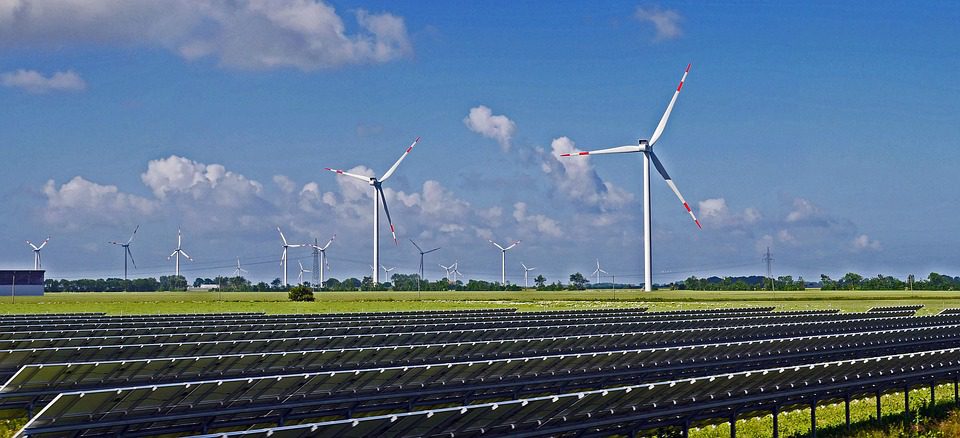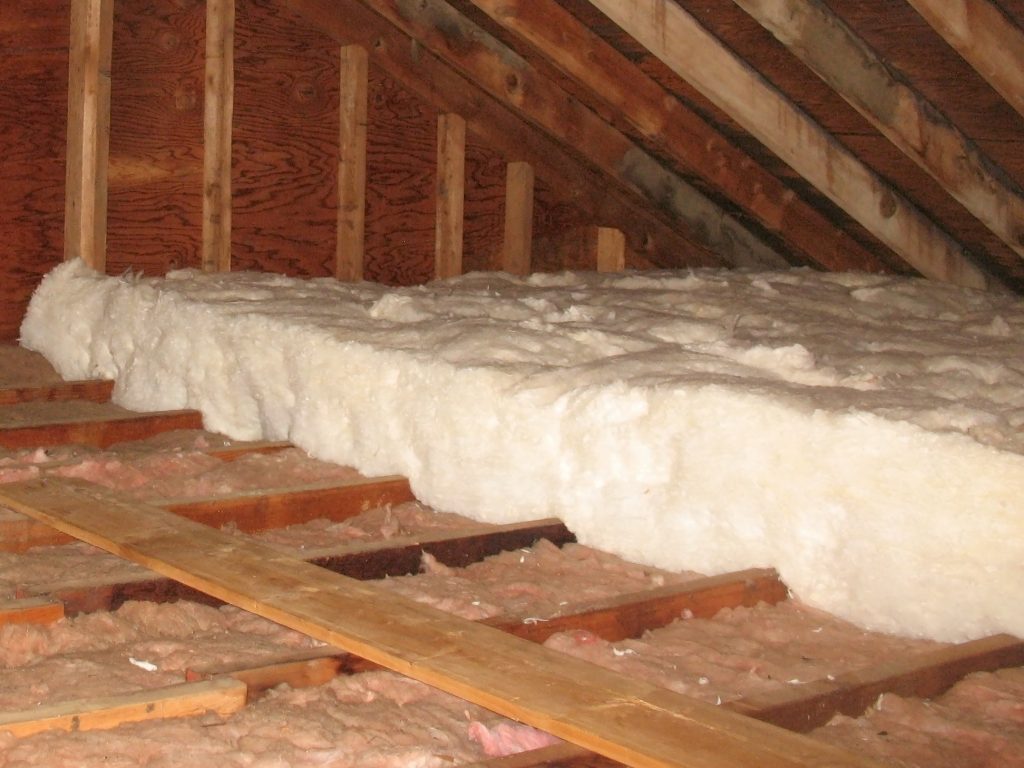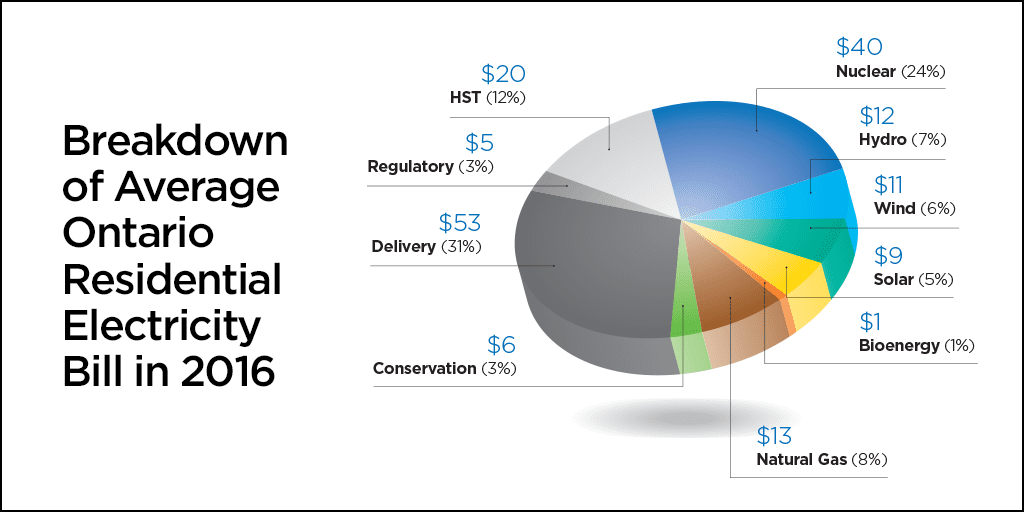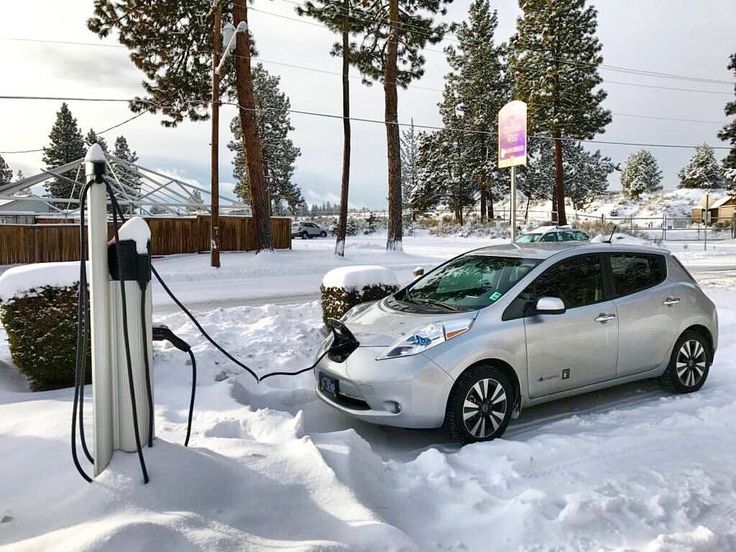Earlier this week, the Ontario government announced a series of reforms intended to reduce hydro bills. The plan to refinance the Global Adjustment portion of bills is obviously the centrepiece of the government’s package of reforms. But the plan also contains important new energy conservation initiatives, and it may – we hope – mark the end of the misguided attacks on green energy.

In addition to extending the low-income support programs and specific plans to reduce rates on First Nations’ reserves, the Ontario government will put $200 million into a new Affordability Fund as part of the package intended to help vulnerable electricity users. The fund is intended to help people who don’t qualify for low-income programs renovate their homes to make them more energy efficient.
Ontario already has a policy to pursue “all cost-effective conservation”, which means seizing every opportunity to fund energy efficiency when the costs of an energy-saving upgrade will be recouped from bill savings that result from reduced usage.
Many of the people with the highest hydro bills live in older homes and rely on electric baseboard heaters. In these cases, energy efficiency measures like adding insulation, sealing up drafts and installing more efficient heating units like heat pumps, can cut bills by 50 to 80 per cent. These cases are prime candidates for investment in energy conservation, because the savings from lower bills will be so significant.

But there’s a problem. In many cases, people don’t have the money to pay for the renovation up front. The Affordability Fund is intended to overcome this barrier, by allowing people to undertake the work without needing to pay out of pocket. It will do this by offering loans or directly paying for the upgrades. The details on exactly how this will all work haven’t been sorted out yet, and they will matter, but the objective is sound. The best way to help people pay less for electricity is to help them use less electricity.
Hopefully this program will be complemented by other funding tools supported by the forthcoming “green bank.” These could include property tax bill financing and on-utility-bill financing that allows everyone to do the same thing: borrow against future energy bill savings to pay for energy efficiency upgrades now, making our homes more comfortable, and reducing emissions.
The other main message from the hydro reforms, from an environmental perspective, is that the government finally made it clear that renewable energy like wind and solar have been small contributors to rising hydro bills. Over the last decade, Ontario spent $50 billion to upgrade transmission lines, refurbish nuclear plants, repower hydro plants, contract numerous gas plants, and build wind and solar. All of these things, including green energy, contributed to rising costs, but renewables are but a small player.
Even today, while Ontario has become a green energy leader, wind and solar power make up a small percentage of bills. Solar power costs the average residential customer $9 per month, and wind power costs $11 per month. In total, renewables account for 12 per cent of the average residential electricity bill. The bulk of rising hydro rates can be shown to be caused by items other than renewables.

Ontario is also in the process of reviewing its Long-Term Energy Plan, and while the reforms announced this week were intended to deal with the issue of the day – today’s rates – we also need to deal with the issues of tomorrow – the future of the electricity and energy system in Ontario.
The electrification of the economy is one of the surest pathways to decarbonize our energy system – which means moving to electric cars, and using more heat pumps and less natural gas, propane, and heating oil. The decarbonization of our economy also means getting fossil fuels like natural gas out of our electricity system.
The good news is that we can generate the power we need from completely clean, carbon-free renewable sources like wind and solar power. Plus, the costs of renewables are falling rapidly. Even today, wind power is almost certainly the cheapest source of new generation in Ontario. Solar’s future is bright too.
Hopefully now that these reforms are behind us, we can move on to talk about the future of the system, and the role of renewables in that system. Ontario’s move into green energy has built a strong base for a clean economy in this province. It’s a base we need to build on.








